Kenneth D. Landriau, Ltjg, USNR – Retired I thoroughly enjoyed the “Official Record” VP-42, (M/MA Vol. 30, Issue 4) but I was surprised that the story left a huge gap of over ten years, from June 1952 until April 1963. I can fill in part of this gap, because I joined the squadron in March
Kenneth D. Landriau, Ltjg, USNR – Retired
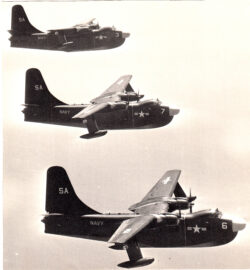 I thoroughly enjoyed the “Official Record” VP-42, (M/MA Vol. 30, Issue 4) but I was surprised that the story left a huge gap of over ten years, from June 1952 until April 1963. I can fill in part of this gap, because I joined the squadron in March of 1953, when we deployed to NAS Kodiak, Alaska from San Diego via Whidbey Island. (Please see M/M Newsletter dated September, 1994). From March until May 1953, we flew patrols on both sides of the Aleutian chain from Kodiak and Adak, looping around Attu, and around the Bering Sea. A secondary base was established at Adak, where we were serviced by AVP-48 (Onslow). In May, one of our planes exploded shortly after takeoff from Adak and all hands were lost. In early July, the Onslow moved north from Adak and anchored in Port Clarence, at Teller, Alaska. From that point, we flew daily patrols over the Arctic Ocean, when the ice began breaking up, thus allowing tankers in and out of Point Barrow. I was assigned to the Onslow as liaison officer, received Top Secret clearance, and to my knowledge, I was the only member of the squadron fully aware of our true mission, which was to search for, and photograph, snorkels and periscopes above the Arctic Circle. In early August, the Onslow returned to Adak and the Bering Sea and Aleutian Chain patrols resumed. In mid-September, the squadron returned to San Diego, after which we got our first look at the aircraft. VP-40 had the new planes and were well into their training for their deployment to NAS Sangley Point, scheduled for May 1954.
I thoroughly enjoyed the “Official Record” VP-42, (M/MA Vol. 30, Issue 4) but I was surprised that the story left a huge gap of over ten years, from June 1952 until April 1963. I can fill in part of this gap, because I joined the squadron in March of 1953, when we deployed to NAS Kodiak, Alaska from San Diego via Whidbey Island. (Please see M/M Newsletter dated September, 1994). From March until May 1953, we flew patrols on both sides of the Aleutian chain from Kodiak and Adak, looping around Attu, and around the Bering Sea. A secondary base was established at Adak, where we were serviced by AVP-48 (Onslow). In May, one of our planes exploded shortly after takeoff from Adak and all hands were lost. In early July, the Onslow moved north from Adak and anchored in Port Clarence, at Teller, Alaska. From that point, we flew daily patrols over the Arctic Ocean, when the ice began breaking up, thus allowing tankers in and out of Point Barrow. I was assigned to the Onslow as liaison officer, received Top Secret clearance, and to my knowledge, I was the only member of the squadron fully aware of our true mission, which was to search for, and photograph, snorkels and periscopes above the Arctic Circle. In early August, the Onslow returned to Adak and the Bering Sea and Aleutian Chain patrols resumed. In mid-September, the squadron returned to San Diego, after which we got our first look at the aircraft. VP-40 had the new planes and were well into their training for their deployment to NAS Sangley Point, scheduled for May 1954.
We soon learned that VP-42 would also receive P5Ms and we were scheduled to relieve VP-40 in November 1954. In early May of 1954, we watched VP-40 airplanes take off from San Diego Bay at dusk for their night Transpacs to Pearl. Unfortunately, one plane went down several hundred miles short of Hawaii. They had lost one engine, and managed to get the plane under control but within a short time they lost the second engine, and ditched in the open sea, not an easy feat in the middle of the night. About half the crew perished; the rest survived. A few days later, VP-42 was ordered to deliver a replacement plane to Pearl for VP-40. At that time, I was Navigation Officer of the squadron, and based on my experience in Alaska, I campaigned vigorously for a daytime TransPac. LCDR. Bob Sparks, our Operations Officer, told me he would be willing to PPC the flight if I agreed to navigate. We quickly had a deal, and LT. Bob Endebrock joined the flight crew as PP1P. On May 28, at 5 AM, we were at the head of the ramp ready for launch, and ready to defy the old tradition that all Transpacs were to be flown at night. We took off in total darkness shortly after 5 AM San Diego time, and touched down at Pearl a few minutes before 4 PM local time. Except for the first half hour, the flight was completed in total daylight. Navigation was by drift meter, wind stars, and a LAN fix. We were at the Pearl Officers Club in plenty of time for Happy Hour at which time we celebrated the success of our daylight TransPac. Sadly, the Navy did not accept our proposal that even during winter months daytime TransPacs were feasible simply by moving takeoff time earlier so that arrival at Pearl would still be projected for daylight hours.
In mid-October, VP-42 deployed to Pearl for our ORI. Attached is a photo I took during our training flights. (It took just 20 minutes to join up, but we spent more than 35 minutes getting properly positioned for the picture.) VP-42 relieved VP-40 at NAS Sangley Point in early December. For the next six months we conducted patrols in the South China Sea, along the coast of what was then Indo-China, and night patrols to and from Okinawa through the Formosa Straits. I was designated PPC of SA-12 in March 1955. Ed Groff, PP1P, and I spent many hours working on the best techniques for getting off the water in high swells and for leaning the engines and adjusting the airspeed to get the most miles per pound of fuel. We began our return to San Diego in May 1955, and it turned into quite an exciting trip. We lost an engine midway through our instrument approach to Guam, but completed the approach and landing without any further problems. Then we had to wait on the water until high tide so that the plane could be ramped and a new prop governor installed. At Kwajalein, we had 15 foot swells and we were glad we had learned how to deal with them without porpoising. On the last leg home, we encountered severe headwinds and fuel consumption became critical. To make matters worse, San Diego was totally socked in, well below minimums, and without a viable alternate, we made a GCA approach. Because we were so low on fuel, we elected to land in the Lower Bay and taxi the rest of the way. We were jubilant as we wove our way past the ferries and finally tied up to the buoy at the ramp. As we were pulled out of the water, the plane captain reported that we had less than 200 pounds of fuel remaining, and from takeoff to buoy we had logged 16 hours and 15 minutes of flight time. At that moment, I wasn’t paying too much attention for I had spotted my wife and our five month old son waving to me from the Tarmac.
I was released from active duty in July, 1955 and so I have no further information for you, relating to VP-42.
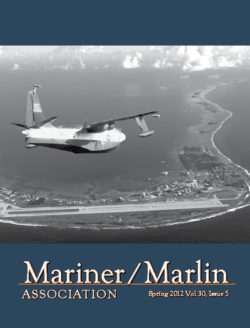 More articles are found in the Spring 2012 MMA Newsletter.
More articles are found in the Spring 2012 MMA Newsletter.
Huge Gap in VP-22 History / Kenneth D. Landriau, Ltjg, USNR – Retired
OFFICIAL RECORD: Third VP-43 / Dictionary of American Naval Aviation Squadrons – Volume 2, by Michael D. Roberts
P-8 and Others Possible Inclusion in Mariner-Marlin / W. J. “Jack” Overman, Jr. – CDR USN Ret
Sand Dunes and Barnacles / Harry E. Belflower (VP-46), 19 February 2012
Kwajalein Takeoff / Harry Belflower
The Japanese Surrender of Wake Island / By Captain Floyd Harris USN (RET)
PBM Purple Heart / Phil Reynard
Annual membership in the Mariner/Marlin Association entitles members to receive four issues of the Newsletter.
Click here to find out how to become a member.
3 comments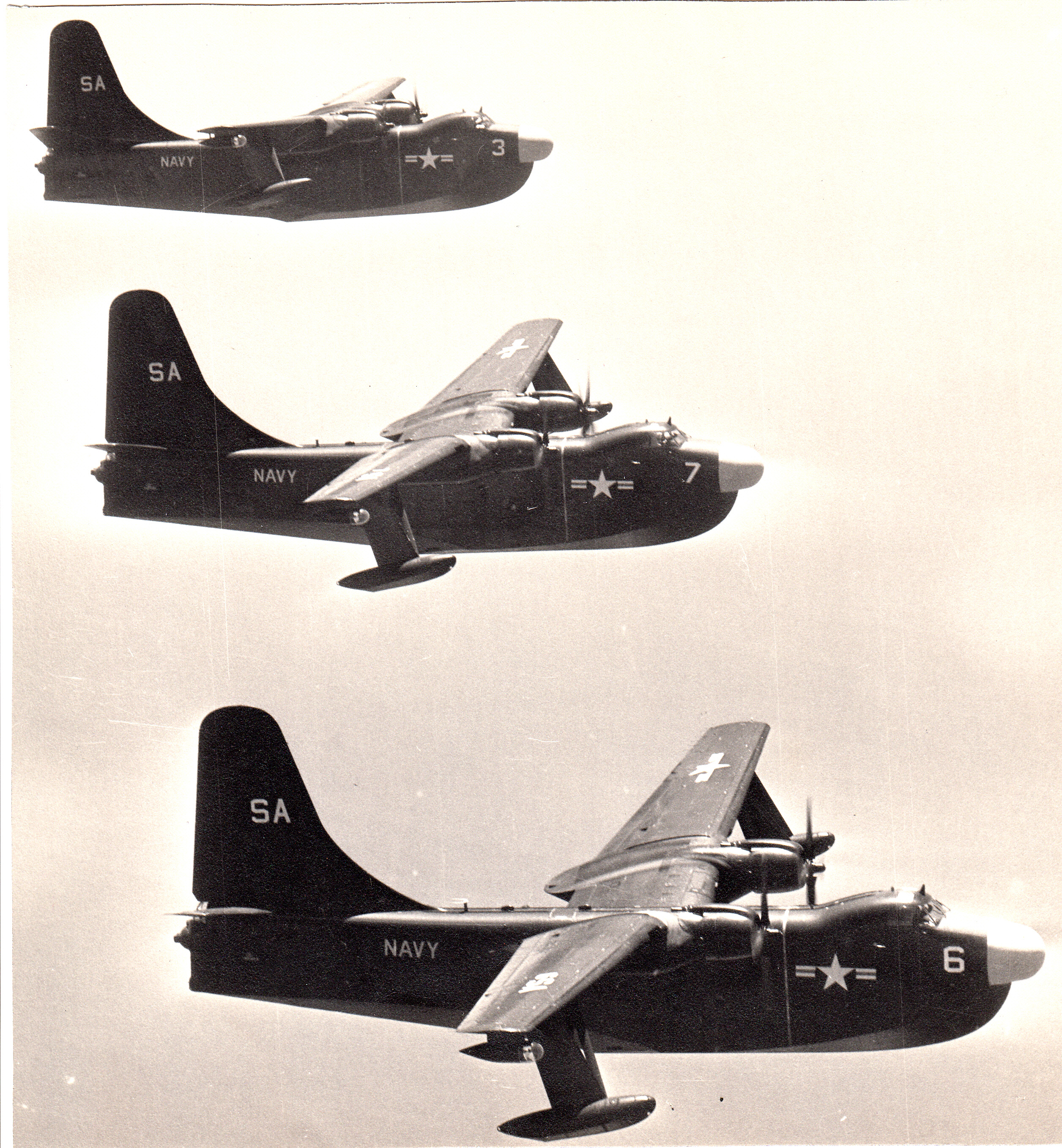
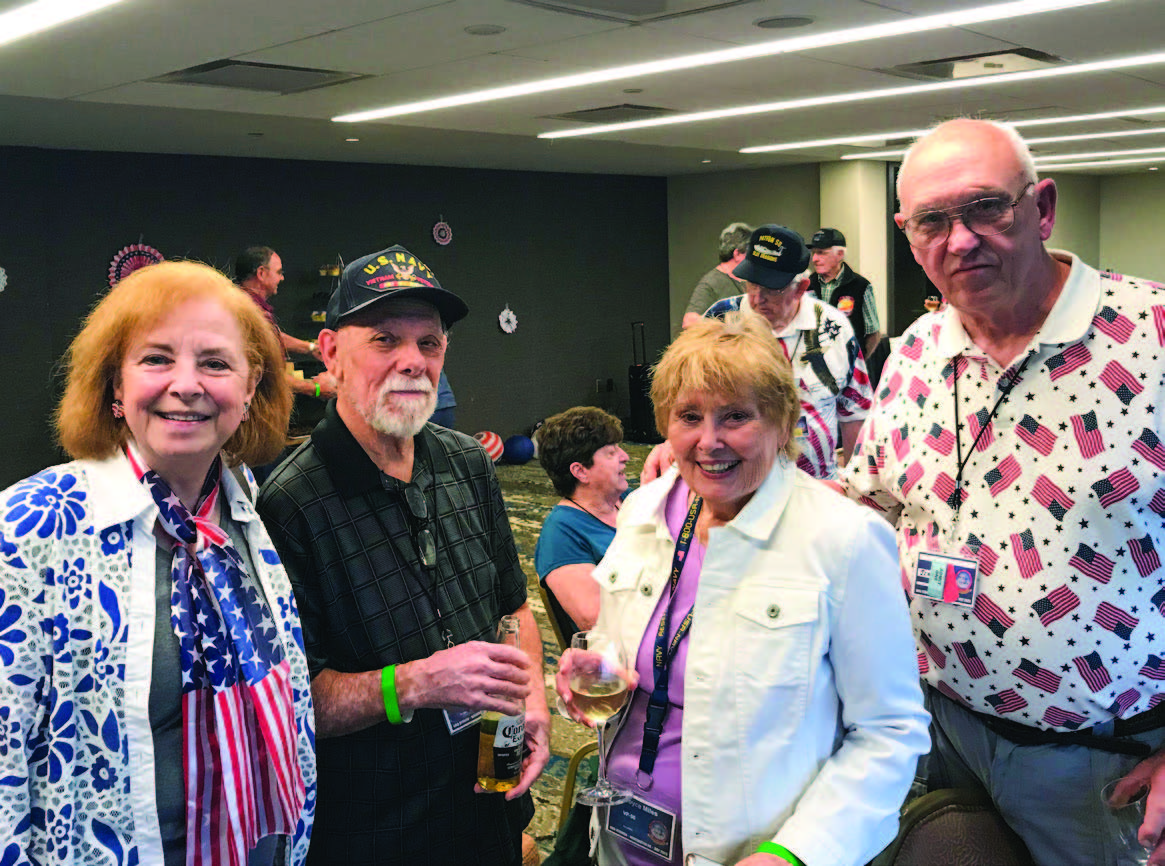
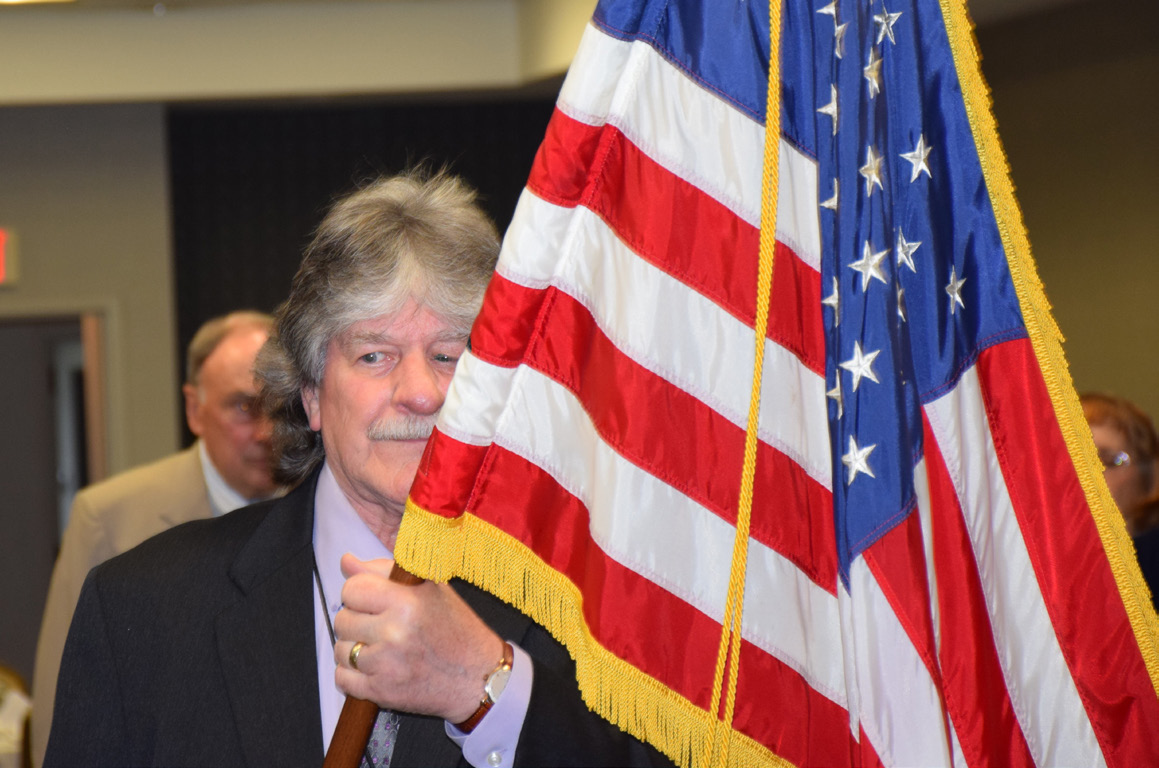
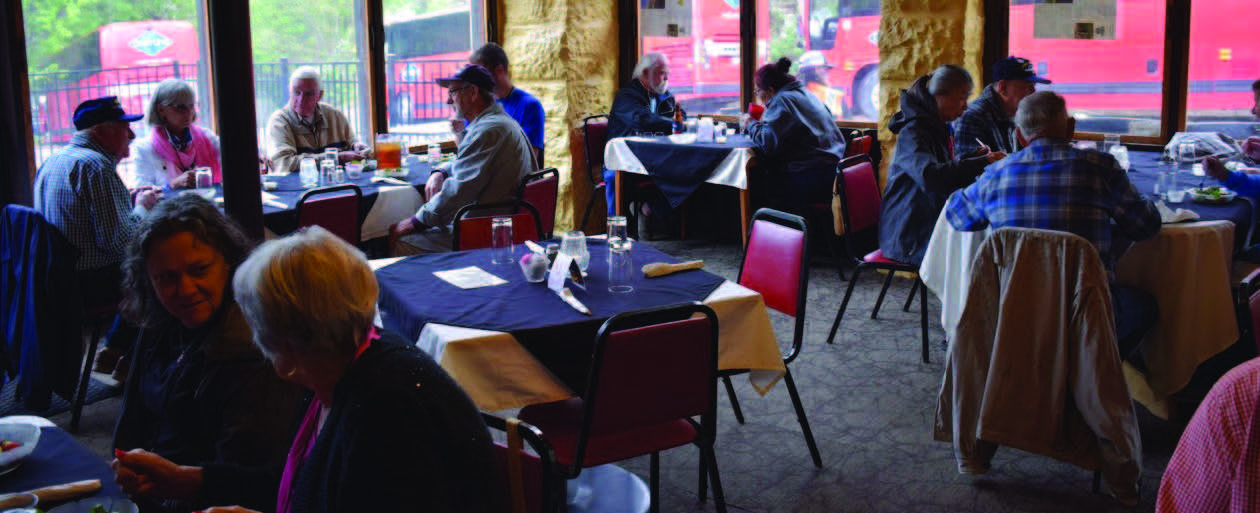

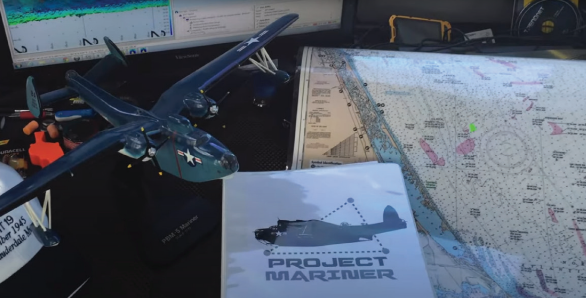

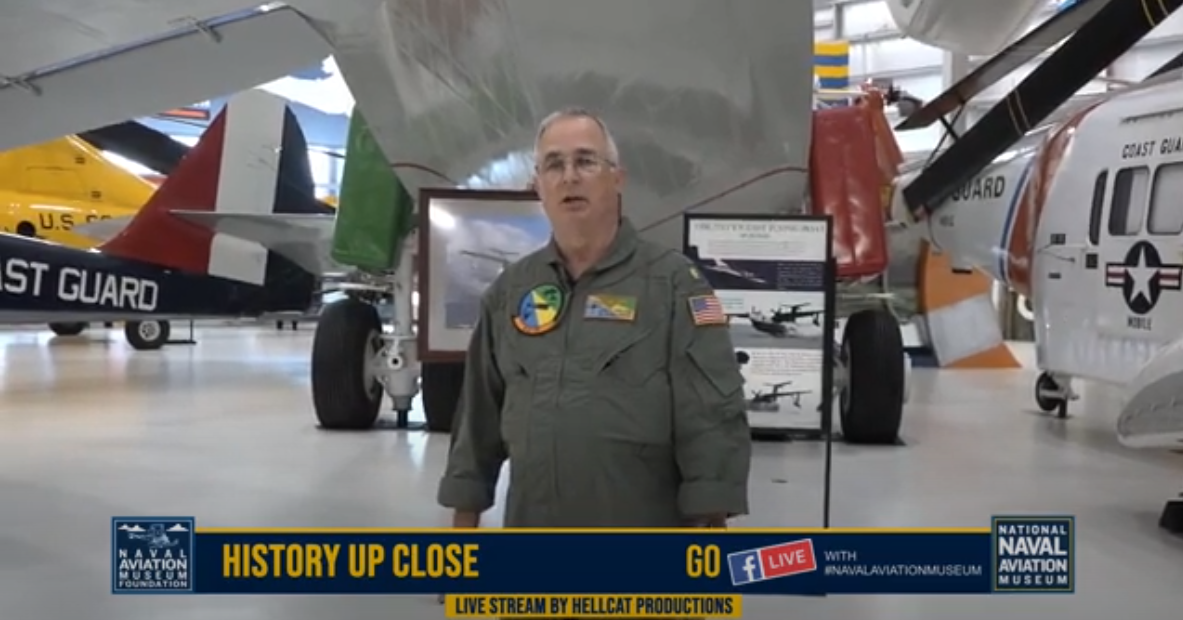
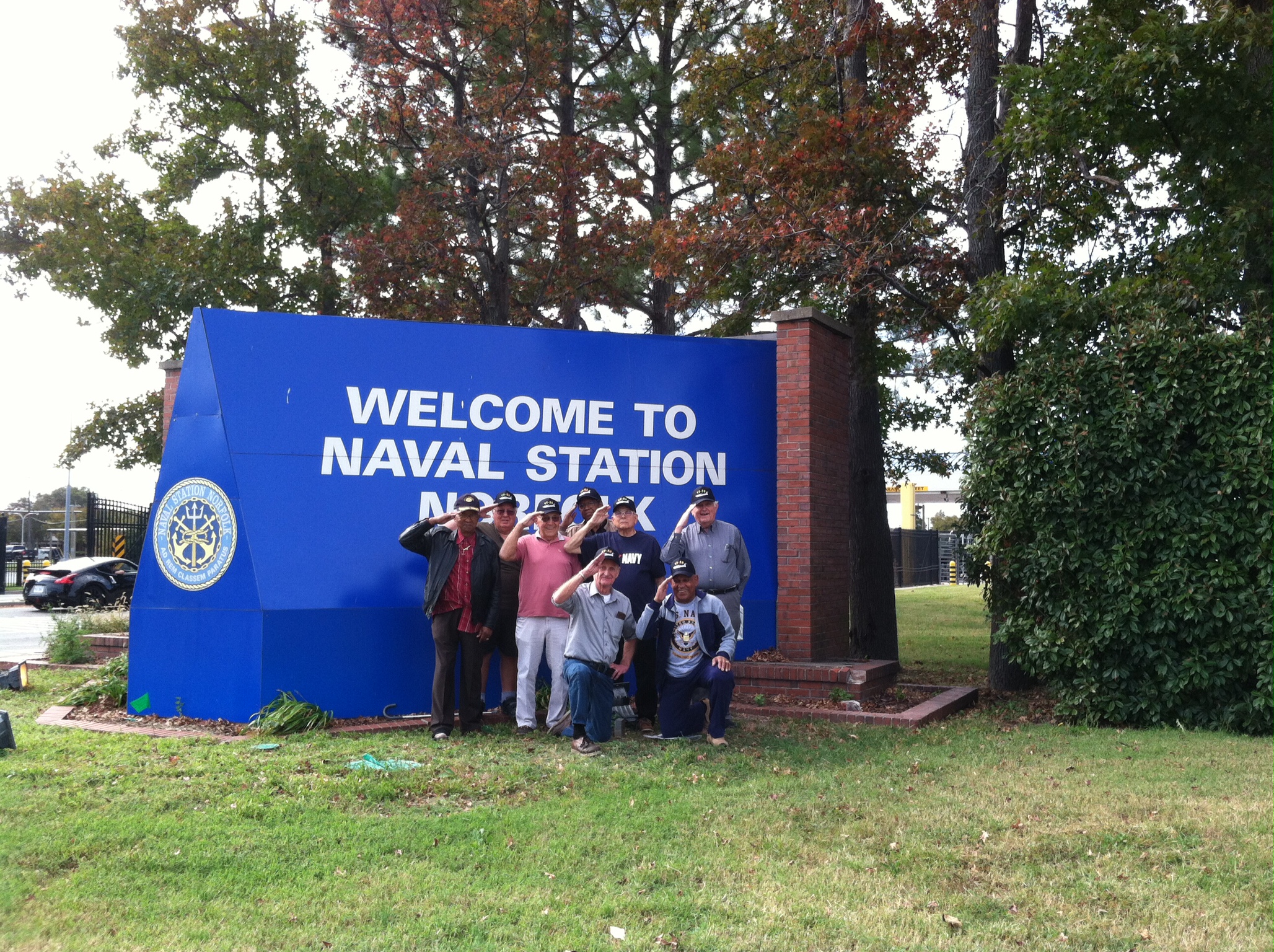
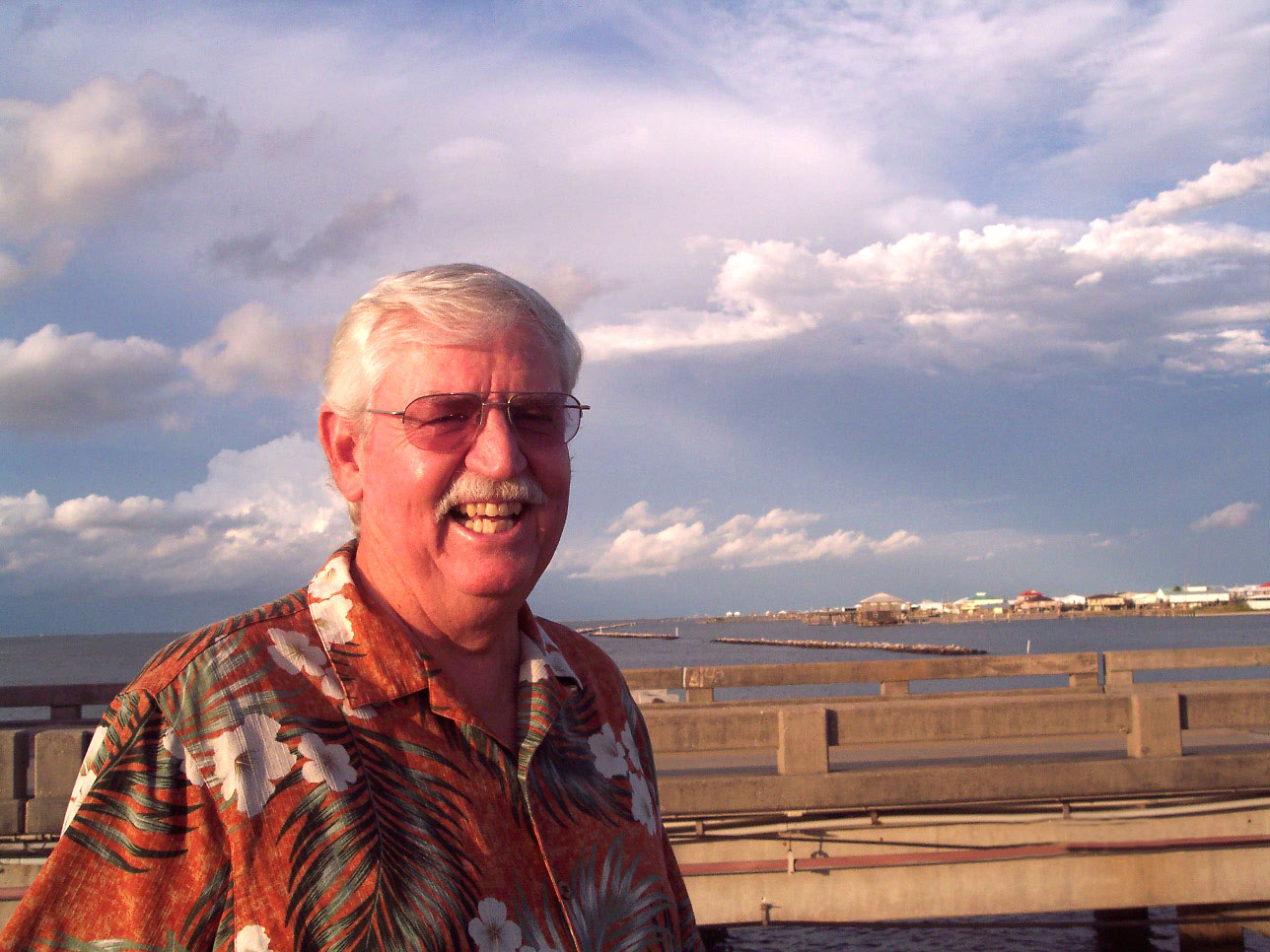
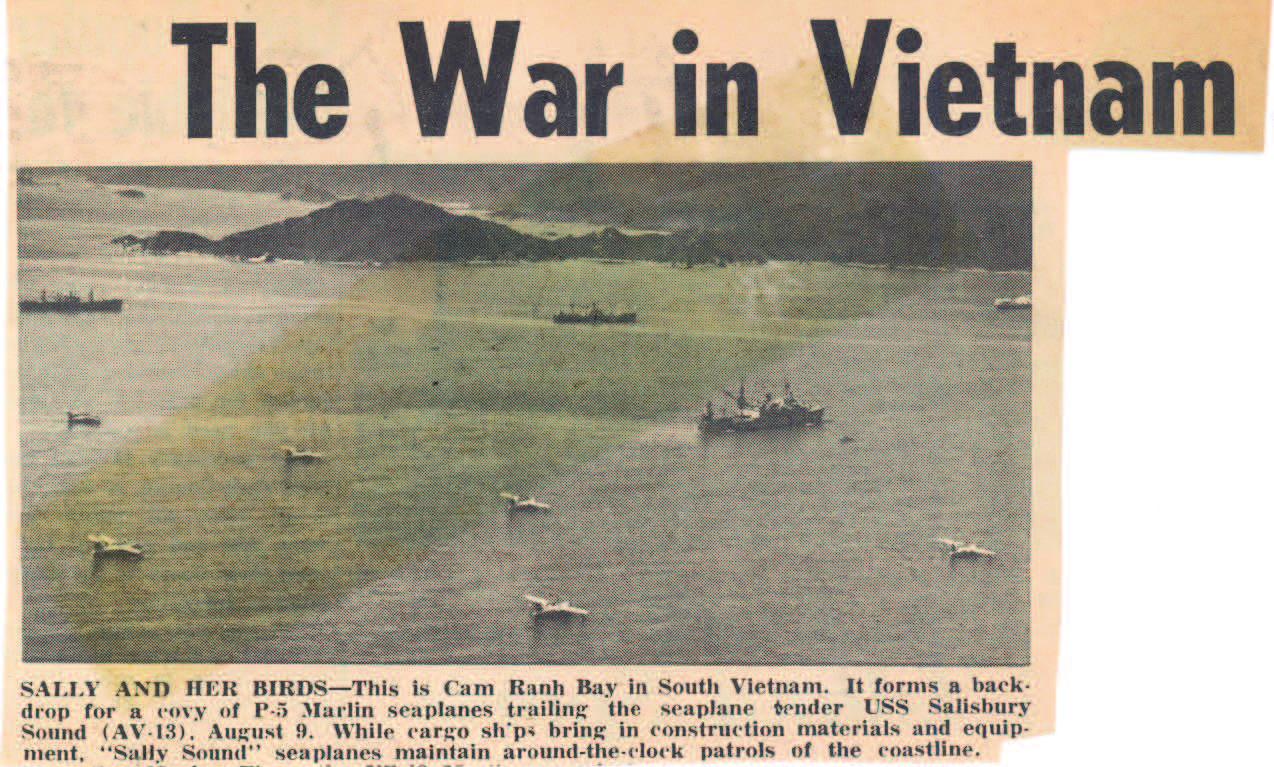
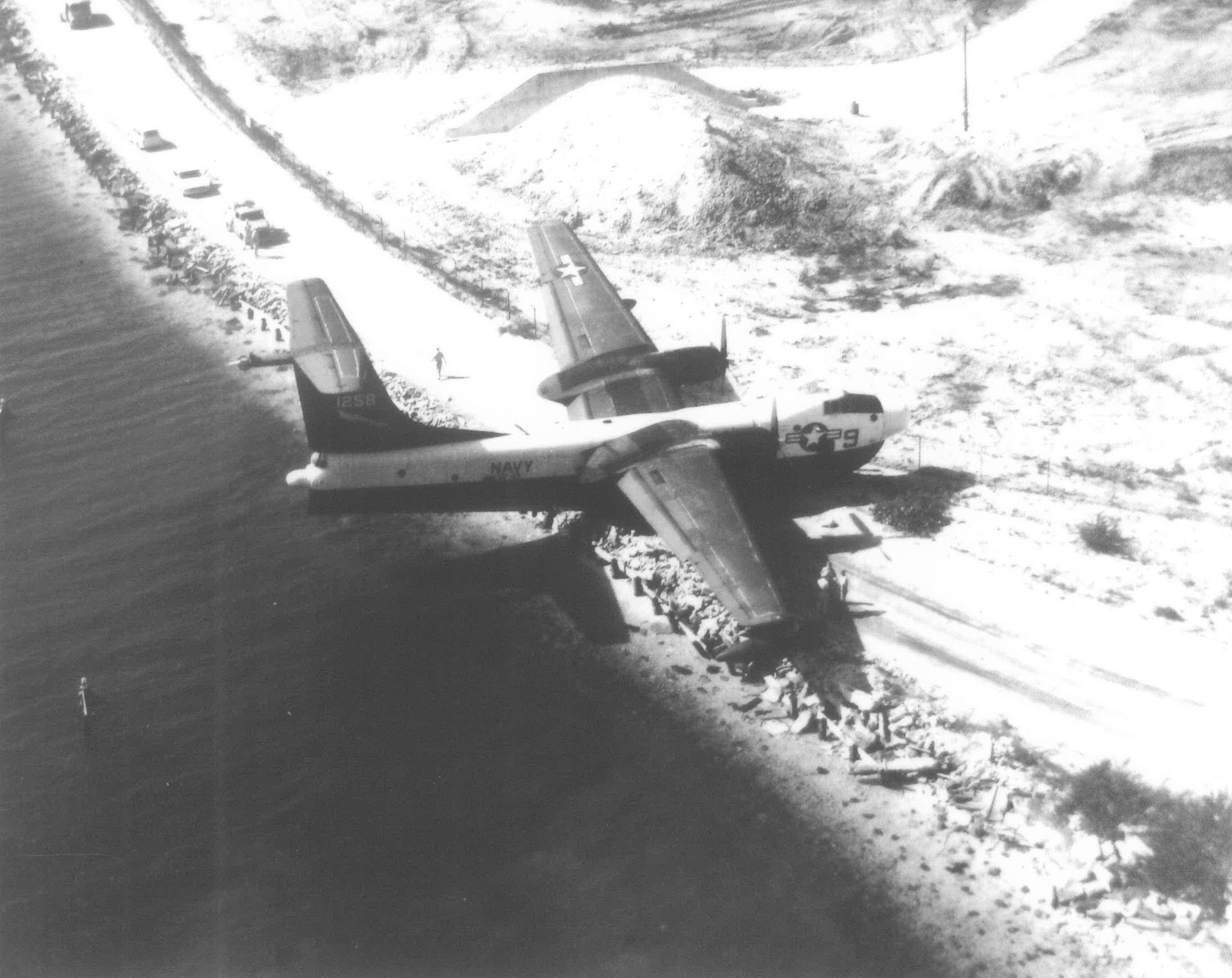
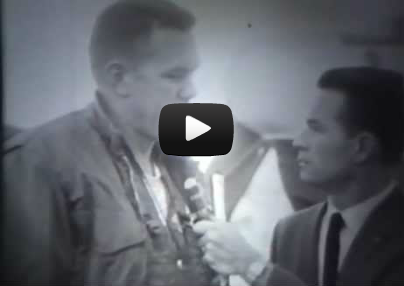
3 Comments
Jack Coiner
July 10, 2014, 18:01Would any one have any history on vp42 between 1956 and 1960. I mustered out in oct of ’59. I notice in one the MM articles of a VP50 a/c coming home on one engine. The acompning phpoto showing crew members. several I flew with in VP42. Was 42 decomissioned ?
jack coiner AT3 Crew 5
REPLYbob monette
February 5, 2017, 14:08Shipmates: I checked in to VP-42 in Jan 1959 in time to catch the “rear” party bound for Sangley Pt. I think we relieved VP-40. Chief Ben Naylor, (the best CPO I’ve ever met), assigned me to Check crew # 1,consisting of 4 outstanding career Airmen. those clowns didn’t want the responsibilities of 3rd class. Revelie was @0600. We were awakened at 0530 by sirens .It must have been about the end of Feb or early March. LM -8 (t hat day’s Patrol) was on fire out on the bay just past the Chiefs Club .It seems that during the JATO check something or somebody went very wrong. The lower bottle on the starboard hatch fired -off. Naturally the hatch is still opened at that time. I still to this day shudder to visualize the carnage and destruction caused by that hatch with the upper bottle @ 150# still full. That damn hatch twirling it’s way over the “crash bulkhead” killed five crewmen before coming to rest just forward of the small observation window on the port side.
REPLYSoon after that I took the 2nd mech job on LM-5 with Carl Karnish until we finished the deployment and returned to No. Island. I got my 2nd class crow back and became Plane Captain of LM-11. The big wheels gave us -2s at that time.
End of story. PS. I bet Jack Coiner knew most of those poor souls.
Bob Monette , ADRC, USN, RET.
jack coiner
May 24, 2017, 16:46Yes sir, I sure do. I recall a bunch of us jumped in the back of a shore patrol truck and raced to the hospital to give blood in hope of helping any possible survivors.
REPLY